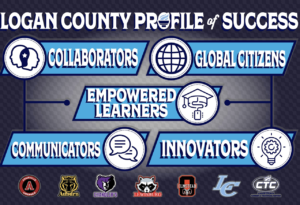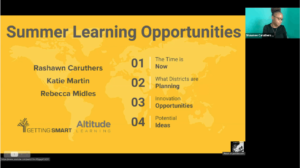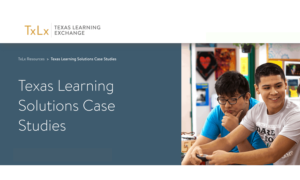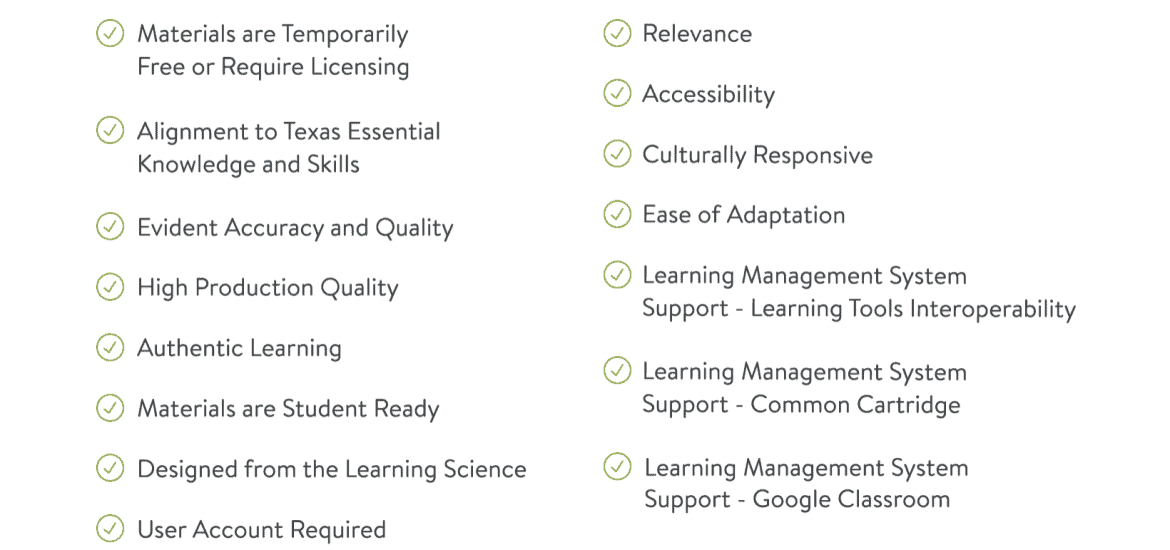Posts by Katie Martin
Centering Learners by Design: Shaping the Future of Education
Discover how innovative, learner-centered designs are transforming education to better prepare students for the future.
The Future of Elementary Education: Literacy Launchpads that Ensure Literacy for All
Katie Martin and Devin Vodicka propose that microschools could be a more effective way to teach literacy than traditional grade-level classrooms.
The Tail is Wagging the Education System
Given the staggering number of students who are not well-served by the efficiency-focused college admissions process for a small number of elite universities, it is time for us to redefine success, prioritize authentic learning, and offer relevant pathways to ensure that all students know who they are, thrive and community and actively engage in the world as their best selves.
Evolving Through Connections, Feedback, and Relevancy
What does the word "evolve" mean to you as an educator? Katie Martin and Lainie Rowell share their thoughts.
So You Designed a Profile of a Graduate, Now What?
Your district has recently completed your Profile of a Graduate, (sometimes also known as a Graduate Profile or Learner Profile) now what? Rebecca Midles and Katie Martin share next steps.
Strategies and Considerations When Designing for Summer Learning
There are abundant summer learning opportunities. Alongside Katie Martin, we highlight some of the most compelling and interesting options.
Why Learner-Centered Education is the Key to Meaningful School Improvement
By: Katie Martin and Devin Vodicka. In this article, Katie and Devin identify some of the most-broadly adopted methods developed by educators to differentiate support and improve learning design.
What Does Your Ideal Learning Environment Look Like?
The Texas Learning Exchange offers tips and guidance for identifying the best learning solutions for your vision.
Using OER to Increase Collaboration, Relevance, and Engagement
By: Katie Martin. Despite our deepest desire to be back in schools, we know that students and teachers will likely have to engage from a distance as the numbers increase, which can be more efficient, relevant, and effective when resources are digital.











